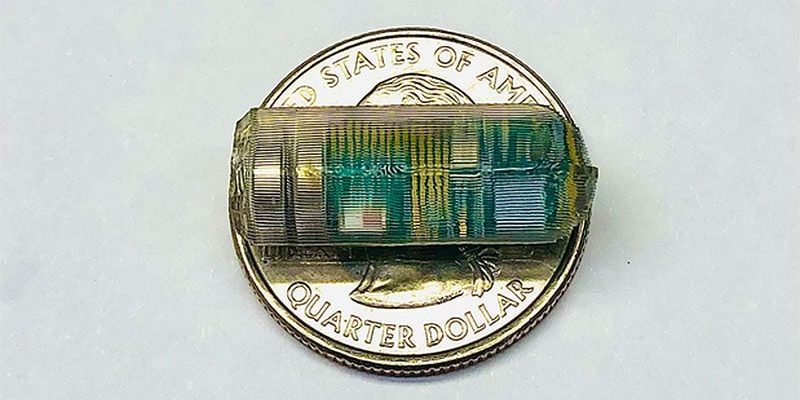Part of what makes gastrointestinal troubles so frustrating – besides the frequent flights to the bathroom – are the invasive and uncomfortable tests one must endure for diagnosis, such as endoscopy or X-rays that can involve higher radiation exposure.
But a revolutionary new option promising greater comfort and convenience could become available within the next few years.
A group of researchers has developed a small pill-like device that, once swallowed, can provide precise real-time data as it moves through one’s system. The technology is described in Nature Electronics along with the results of in vitro and animal testing of how well it works.
“You can think of this like a GPS that you can see on your phone as your Lyft or Uber driver is moving around,” says study author Azita Emami, PhD, a professor of electrical engineering and medical engineering at the California Institute of Technology. “You can see the driver coming through the streets, and you can track it in real time, but imagine you can do that with much higher precision for a much smaller device inside the body.”
Of course, it’s not the first option for GI testing that can be swallowed. A capsule endoscopy camera can take pictures of the digestive tract. And a wireless motility capsule uses sensors to measure pH, temperature, and pressure. But these technologies may not work for the entire 1 to 3 days it takes to pass through the gut. And while they gather information, you can’t track their location in the GI tract in real time. A lot can be learned from this level of detail.
“If a patient has motility problems in their GI tract, it can actually tell the physician where the motility problem is happening, where the slowdown is happening, which is much more informative,” says Emami. That can be especially useful for notoriously frustrating GI issues like irritable bowel syndrome, or IBS, and inflammatory bowel disease, or IBD.
To develop this technology, the research team drew inspiration from magnetic resonance imaging, or MRI. Magnetic fields transmit data from the Bluetooth-enabled device to a smartphone. An external component, a magnetic field generator that looks like a flat mat, powers the device and is small enough to be carried in a backpack – or placed under a bed, attached to a jacket, or mounted to a toilet seat. The part that can be swallowed has tiny chips embedded in a capsule-like package.
Before this technology can go to market, more testing is needed, including clinical trials in humans, says Emami. That will likely take a few years.
The team also aims to make the device smaller (it now measures 8 millimeters wide and 20 millimeters long) and less expensive, and they want it to do more things, such as deliver medicines to the GI tract. Those innovations could take a few more years.
Sources
Azita Emami, PhD, Andrew and Peggy Cherng professor of electrical engineering and medical engineering at California Institute of Technology
Nature Electronics. (2023). Location-aware ingestible microdevices for wireless monitoring of gastrointestinal dynamics.
Source: Read Full Article
